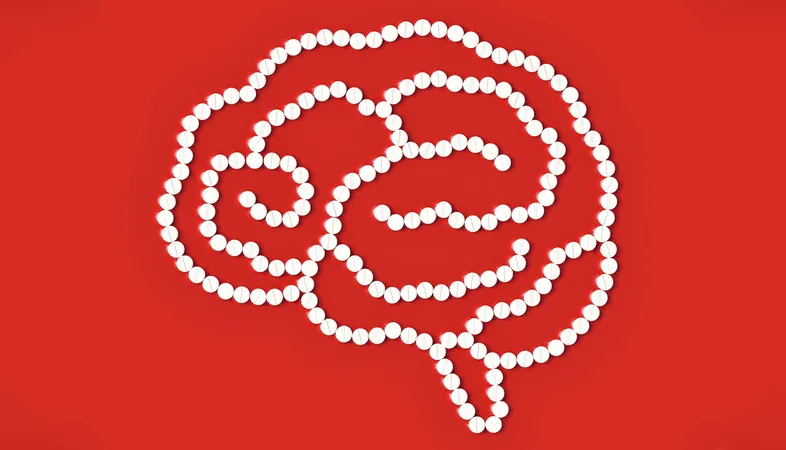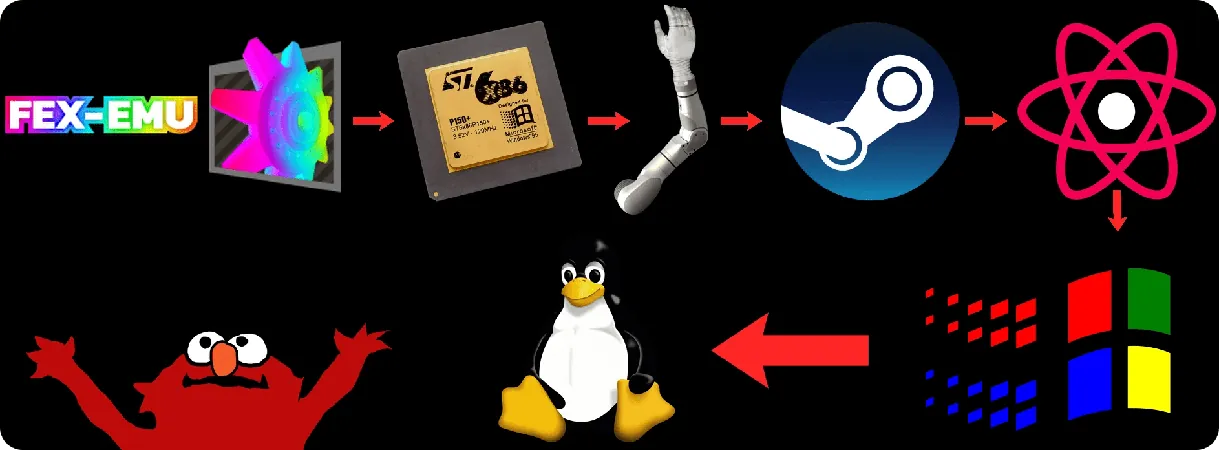
Antidepressant Breakthrough: A Potential Game-Changer in Treating Deadly Brain Cancer!
2024-09-23
Author: Li
A Groundbreaking Discovery
In a groundbreaking study, researchers have discovered that a widely used antidepressant could hold promise in the fight against glioblastoma, one of the most aggressive and deadly forms of brain cancer. This revelation came from a drug screening platform developed by scientists at ETH Zurich, where they found that the antidepressant vortioxetine can effectively kill glioblastoma tumor cells in laboratory settings.
The Urgent Need for Innovative Therapies
Glioblastoma, known for its rapid progression and poor prognosis, currently afflicts thousands of patients worldwide. With traditional treatment methods such as surgery, radiation, and chemotherapy only extending life expectancy for a short duration—often no more than twelve months following diagnosis—there's an urgent need for innovative therapies that can penetrate the notoriously difficult blood-brain barrier.
Collaboration and Innovative Technology
Led by Professor Berend Snijder at ETH Zurich, the research team collaborated with experts from hospitals, including neurologists Michael Weller and Tobias Weiss at the University Hospital Zurich. Their joint efforts leveraged a sophisticated screening technology called pharmacoscopy, which allows for the simultaneous testing of hundreds of drugs on living human tumor tissues.
Results of the Research
In their research, the team experimented with about 130 different substances on neuroactive compounds, such as antidepressants and medications for Parkinson's disease and schizophrenia. They used advanced imaging techniques alongside computer simulations to map out the ways in which these substances interacted with the cancerous cells. The results highlighted vortioxetine as the standout contender among the antidepressants, exhibiting a particularly strong efficacy against tumor cells.
Further Testing and Clinical Trials
The excitement doesn’t stop there. Further animal testing revealed that when vortioxetine was administered to mice with glioblastomas, positive results emerged—especially when used in tandem with existing standard treatments. Now, researchers are gearing up for not one, but two clinical trials. One trial will focus on glioblastoma patients receiving vortioxetine as an addition to the standard treatment regimen, while the other aims to tailor drug selections specifically to individual patients using the innovative pharmacoscopy approach.
Safety and Regulatory Approval
Professor Weller emphasized the advantages of vortioxetine, stating that it is both safe and cost-effective due to its existing regulatory approvals. This means it can potentially be quickly integrated into current treatment protocols for glioblastoma patients.
Cautions Against Self-Medication
However, Weller issued a crucial warning against self-medication. “It’s vital to wait for clinical trials to conclusively determine the drug’s effectiveness in humans and the appropriate dosage to combat tumors,” he cautioned.
Waiting for Comprehensive Trials
Moreover, Professor Snijder reiterated the importance of remaining cautious; while the findings are promising in laboratory and animal models, we must wait for comprehensive human trials before considering any therapeutic decisions.
A Revolutionary Moment for Glioblastoma Treatment
If the ongoing studies validate the effectiveness of vortioxetine, it could mark a revolutionary moment in glioblastoma treatment, offering hope to countless patients battling this aggressive cancer. The possibility of repurposing an existing antidepressant for cancer treatment could be a key step in redefining the landscape of neuro-oncology, heralding a new era of hope for glioblastoma patients and their families. Stay tuned as research progresses; this could very well be the breakthrough the medical community has been waiting for!


 Brasil (PT)
Brasil (PT)
 Canada (EN)
Canada (EN)
 Chile (ES)
Chile (ES)
 Česko (CS)
Česko (CS)
 대한민국 (KO)
대한민국 (KO)
 España (ES)
España (ES)
 France (FR)
France (FR)
 Hong Kong (EN)
Hong Kong (EN)
 Italia (IT)
Italia (IT)
 日本 (JA)
日本 (JA)
 Magyarország (HU)
Magyarország (HU)
 Norge (NO)
Norge (NO)
 Polska (PL)
Polska (PL)
 Schweiz (DE)
Schweiz (DE)
 Singapore (EN)
Singapore (EN)
 Sverige (SV)
Sverige (SV)
 Suomi (FI)
Suomi (FI)
 Türkiye (TR)
Türkiye (TR)
 الإمارات العربية المتحدة (AR)
الإمارات العربية المتحدة (AR)